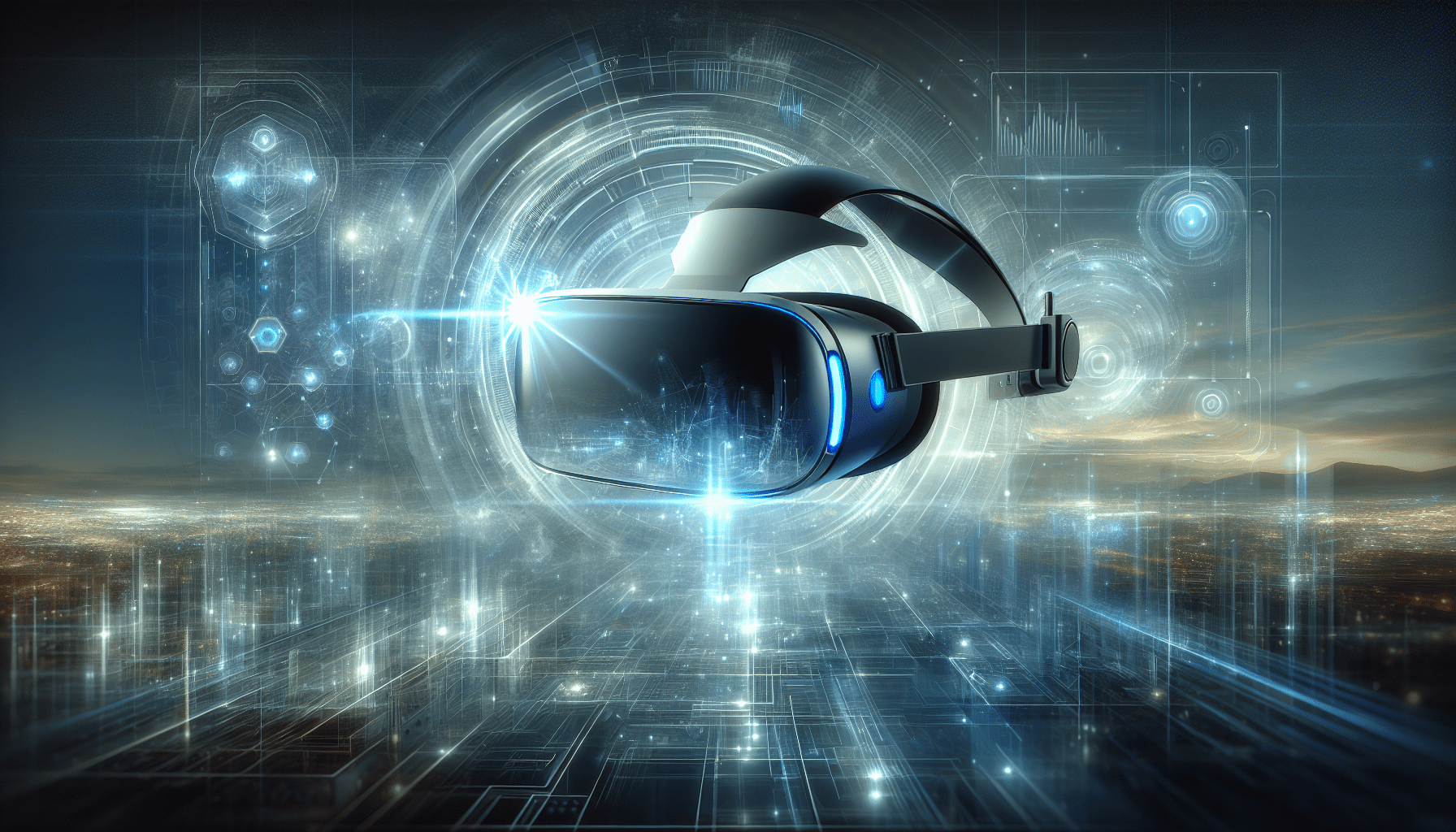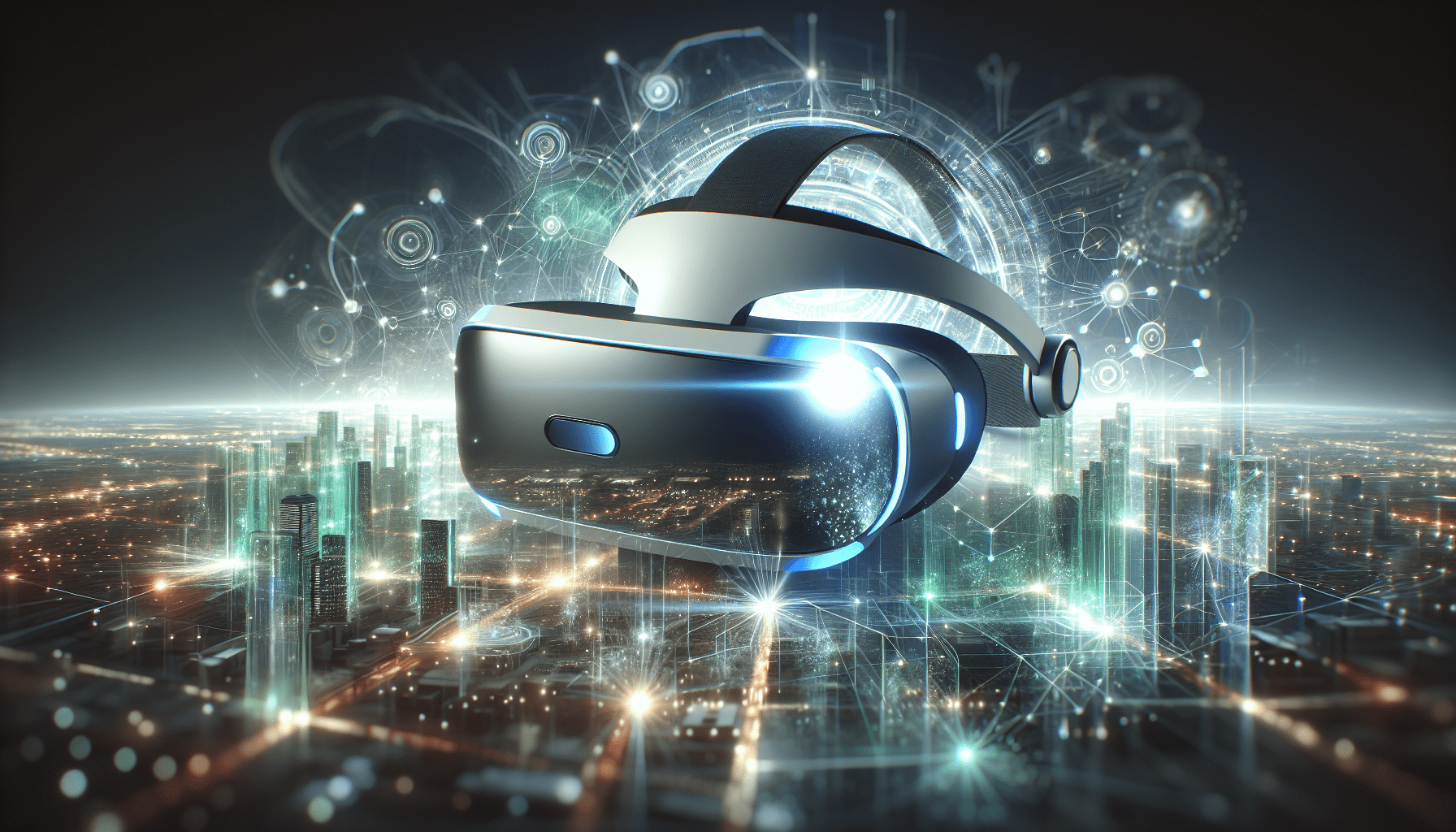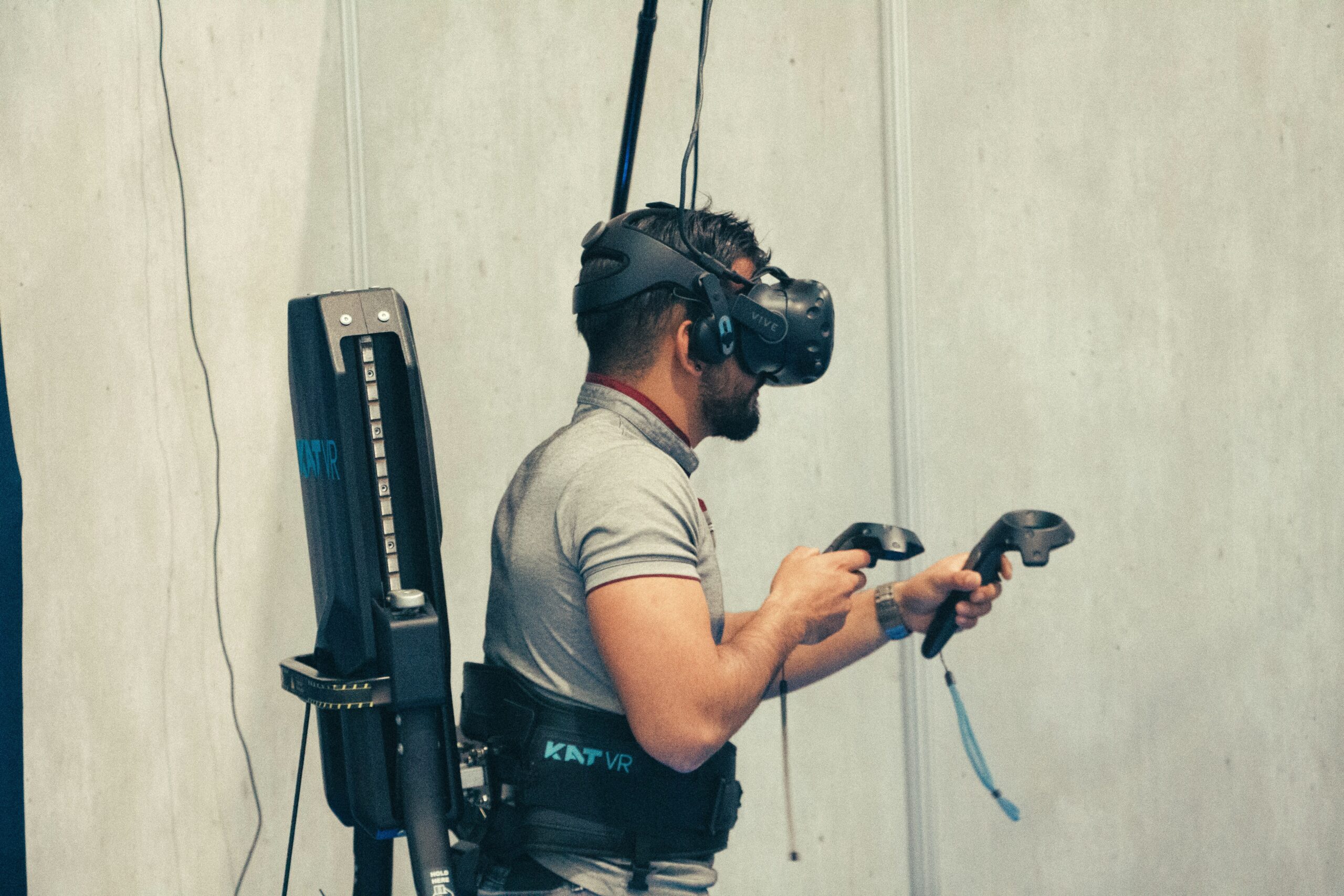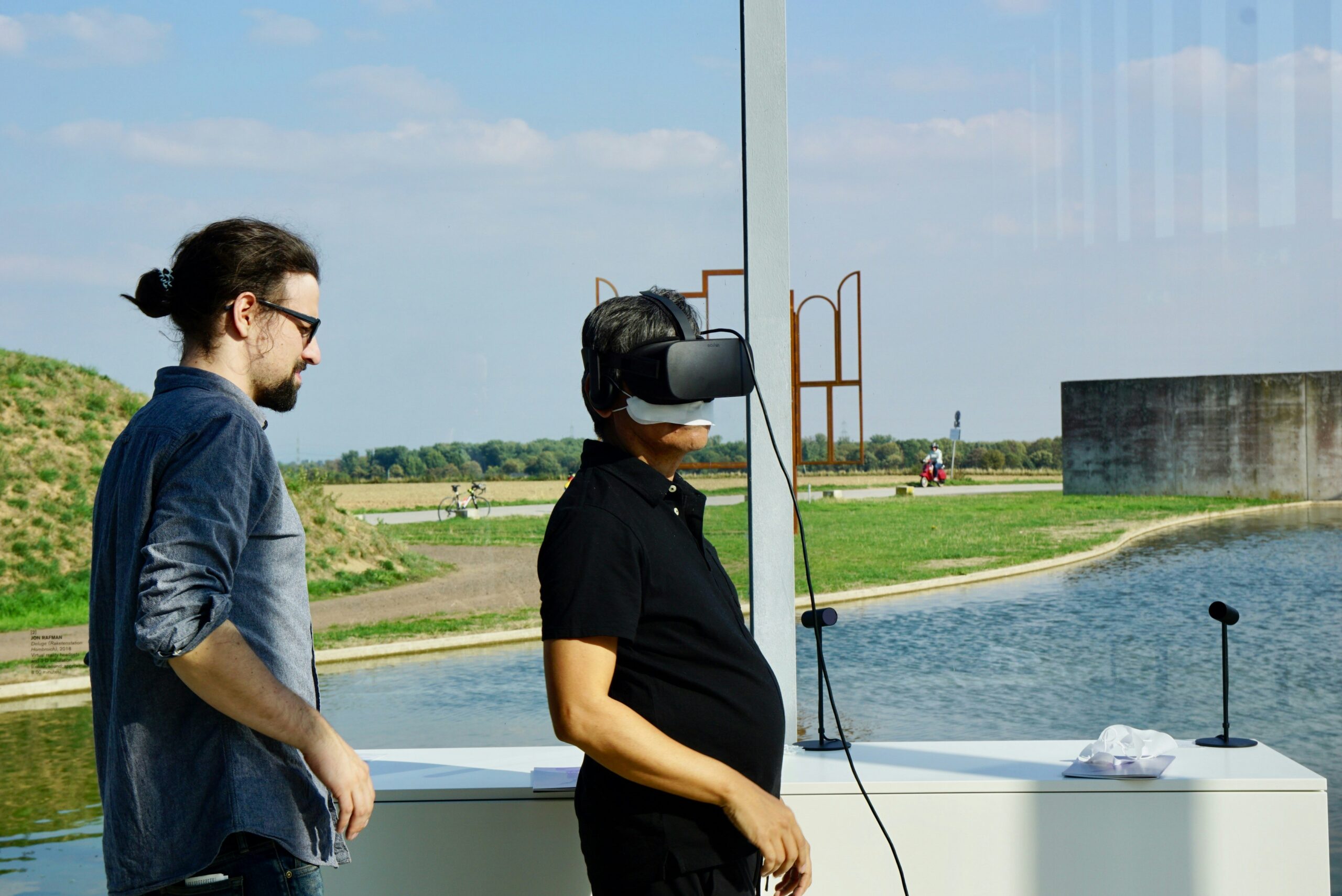Welcome to “Understanding Virtual Reality,” where you’ll discover the fascinating and ever-evolving world of virtual reality (VR) technology. This insightful introduction will give you a snapshot of how VR is transforming various industries. From healthcare to education and even entertainment, VR is not just a futuristic concept but a practical tool that is reshaping the way you experience and interact with digital environments. Dive into the article to explore the practical applications and the future potential of virtual reality, making the once-impossible now possible right at your fingertips. Have you ever wondered what it feels like to step into a completely different world without leaving the comfort of your home? Welcome to the fascinating realm of Virtual Reality (VR), where technology blurs the lines between the digital and physical worlds. Buckle up because you’re about to take a deep dive into understanding Virtual Reality and its practical applications that are transforming lives and industries.

$30 off $400+ Anycubic Products with code AC30OFF
What is Virtual Reality?
VR is a computer-generated environment that allows users to interact with immersive 3D worlds. Unlike traditional user interfaces, VR places the user inside the experience. By simulating as many senses as possible—such as vision, hearing, touch, and even smell—the computer becomes your vessel into a new realm. The only limits to VR are the availability of content and the computing power.
A Brief History
Would you believe that the concept of VR has been around since the 1960s? It all began with Morton Heilig’s “Sensorama,” which gave individuals a multi-sensory experience. Fast forward to today, and we have advanced VR headsets such as the Oculus Rift, HTC Vive, and PlayStation VR that provide immersive experiences that Heilig could only dream of.
The Technology Behind VR
VR involves using several key technologies to create its immersive environments:
- Head-Mounted Displays (HMDs): These provide the visuals and sometimes even audio.
- Motion Tracking: Tracks your movements to adjust the display accordingly.
- Input Devices: Controllers, gloves, or even whole suits can be used to interact with the VR environment.
Various sensors and algorithms ensure that your experience is as seamless and realistic as possible.
Practical Uses of Virtual Reality
The applications of VR span multiple fields, revolutionizing how tasks are performed, how people learn, and how we entertain ourselves. Let’s break down some of the most impactful uses.
Education
Remember the days when you had to rely solely on textbooks and lectures for learning? VR has changed the game in education by making learning more interactive and engaging. Imagine studying ancient Egypt by walking through virtual pyramids or learning anatomy by examining 3D models of the human body.
Benefits in Education
| Special Feature | Impact |
|---|---|
| Interactive Learning | Makes complex subjects easier to understand |
| Safe Environment | Allows for practicing dangerous procedures like surgeries without any risk |
| Enhanced Engagement | Keeps students more interested and involved in their studies |
Healthcare
VR is making significant strides in healthcare. From virtual surgeries to mental health therapies, the technology is making treatments more effective and safer.
Medical Training and Surgical Simulations
Virtual surgeries and medical training allow doctors and surgeons to practice complex procedures without the risk of making mistakes on real patients. This means more proficient healthcare professionals and, ultimately, better patient outcomes.
Mental Health Therapy
VR is also used to treat mental health issues such as PTSD, anxiety, and phobias. For example, patients with PTSD can be slowly exposed to the memories that cause them distress in a controlled environment, helping them overcome their fears over time.
Business and Industry
The business world has found a myriad of uses for VR, from virtual meetings to training simulations.
Virtual Meetings and Collaboration
As remote work becomes the norm, VR offers a way for teams to collaborate in a virtual space, as if they were all in the same room. This not only boosts productivity but also fosters a better team spirit.
| Advantage | Description |
|---|---|
| Reduced Travel Costs | Conduct meetings without leaving the office |
| Enhanced Collaboration | Real-time collaboration in a shared virtual space |
| Improved Training Programs | Use VR to train employees in real-world scenarios |
Real Estate
Gone are the days when prospective buyers had to physically visit multiple properties. With VR, you can take virtual tours of homes, apartments, and commercial spaces from the comfort of your living room.
Virtual Tours for Real Estate
These virtual tours allow you to explore properties thoroughly, helping you make informed decisions without the need for numerous site visits.
Entertainment and Gaming
Probably the most well-known application of VR, the entertainment and gaming industry has embraced this technology with open arms. Gaming in VR is an entirely different experience, offering a level of immersion that traditional gaming can’t match.
| Title | Notable Games or Experiences |
|---|---|
| Role-Playing Games (RPGs) | Skyrim VR, No Man’s Sky VR, Fallout 4 VR |
| Puzzle and Strategy | Beat Saber, The Room VR: A Dark Matter |
| Adventure | Half-Life: Alyx, Farpoint |
Engineering and Design
VR has also found its place in engineering and design. By creating virtual prototypes, engineers and designers can examine and manipulate models in a 3D space. This reduces the need for physical prototypes, speeding up the development process and cutting costs.
Product Development and Testing
Virtual prototypes make it easier to identify design flaws and make adjustments before the product reaches the manufacturing stage.
Buy Photon Mono M5 Get Free 1KG Resin
The Advantages of Virtual Reality
While VR is a marvel, its advantages extend far beyond just entertainment.
Immersive Learning
Whether it’s a student learning about electrical circuits or a pilot undergoing flight simulation training, VR offers immersive learning experiences.
Enhanced Communication
Imagine having a ‘face-to-face’ conversation with someone halfway across the world. VR enables enhanced communication, blurring geographical boundaries.
Cost-Effective Solutions
Industries like manufacturing and healthcare benefit financially by using VR for training. These virtual training programs are as effective as, if not more than, traditional methods but come at a fraction of the cost.
The Challenges and Limitations
Though VR has many benefits, it’s not without challenges.
High Costs
The initial setup for a comprehensive VR experience can be pricey. High-quality headsets and computers with advanced graphics capabilities don’t come cheap.
Bulkiness and Comfort
Current VR headsets can be bulky and uncomfortable for extended use. This is an area of ongoing research, as companies strive to create lighter, more comfortable devices.
Health Concerns
Extended use of VR can lead to symptoms like dizziness, nausea, and eye strain. Users should take regular breaks to minimize these effects.

The Future of Virtual Reality
The future of VR is incredibly promising, with advancements in technology poised to overcome its current limitations.
Lighter and More Comfortable Hardware
Expect future VR headsets to be lighter and more comfortable, making longer sessions more feasible.
Integration with AI
AI can make VR experiences even more personalized, adapting scenarios based on user preferences and behaviors.
Expanded Applications
From real-time language translation to virtual tourism, VR will continue to find innovative applications in various fields.
How to Get Started with Virtual Reality
If you’re keen on experiencing VR firsthand, here are some tips to get you started.
Choose the Right Headset
There are numerous VR headsets available today, each catering to different needs and budgets. Some popular options include:
| Headset | Platform | Price Range |
|---|---|---|
| Oculus Quest 2 | Stand-alone | $299 and up |
| PlayStation VR | PlayStation 4 and 5 | $349 and up |
| HTC Vive Cosmos | PC-based | $699 and up |
Explore Available Software
The VR ecosystem offers a plethora of software. Whether it’s for gaming, education, or professional use, there’s bound to be something that piques your interest.
Follow Safety Precautions
Remember to take regular breaks and ensure you have ample room to move around safely while wearing your headset.
Conclusion
Virtual Reality is not just a trend; it’s revolutionizing how we interact with digital environments. From education and healthcare to business and entertainment, its applications are immense and incredibly varied. While challenges like high costs and health concerns remain, ongoing advances promise to make VR an even more integrated part of our lives. So why not take the plunge and explore this fascinating world for yourself? The future is virtual, and it’s incredibly exciting.
Hope this article shed some light on the captivating world of Virtual Reality and its real-world applications. Feel free to dive deeper into any of the areas that interest you the most and embark on your own VR adventure!
$30 off $400+ Anycubic Products with code AC30OFF




